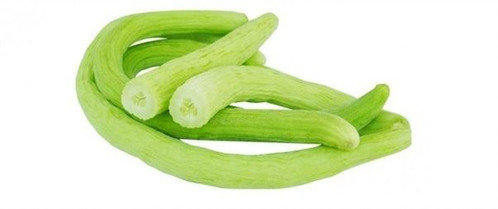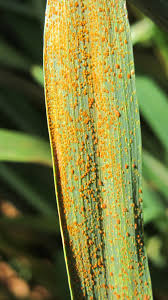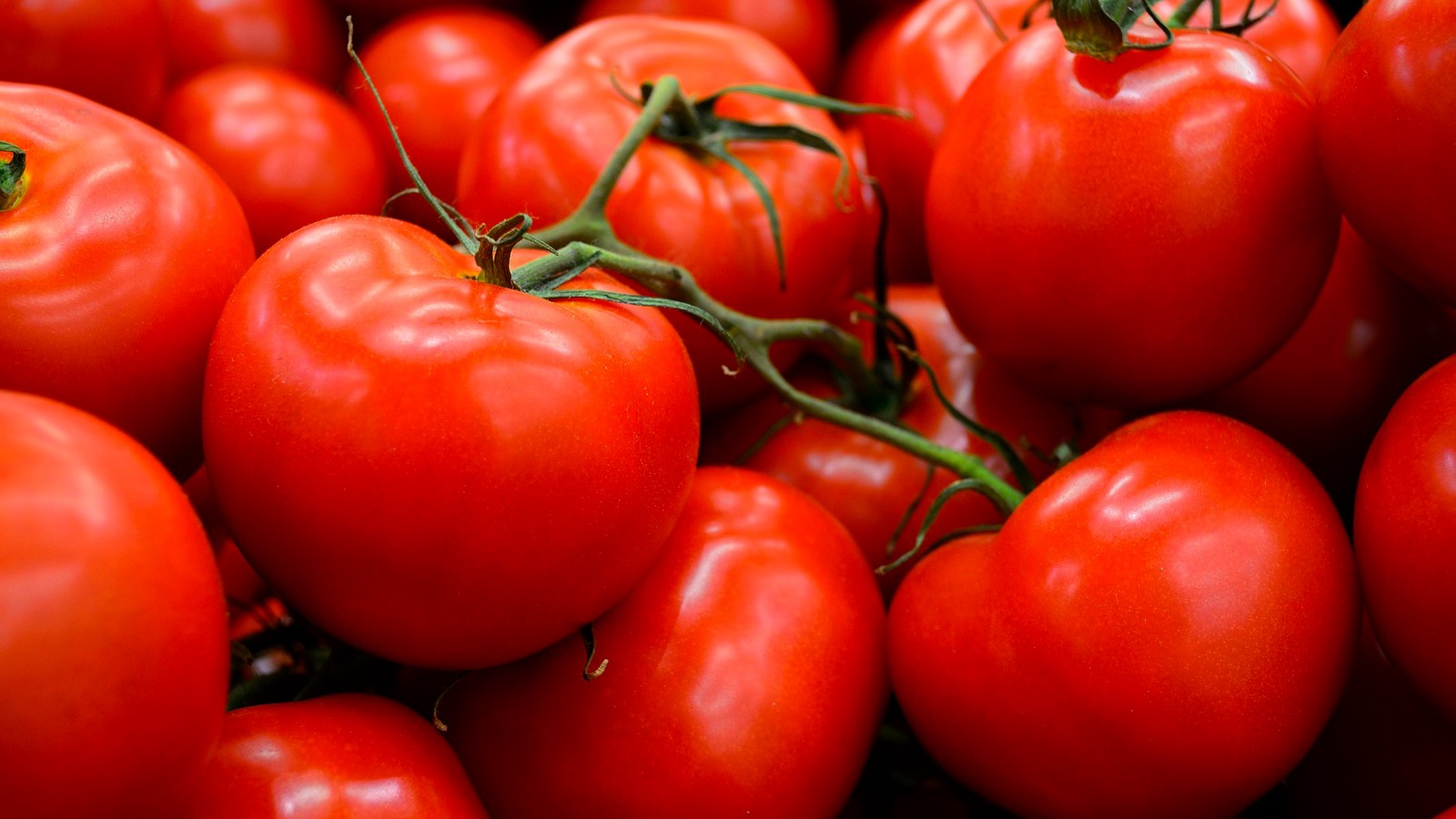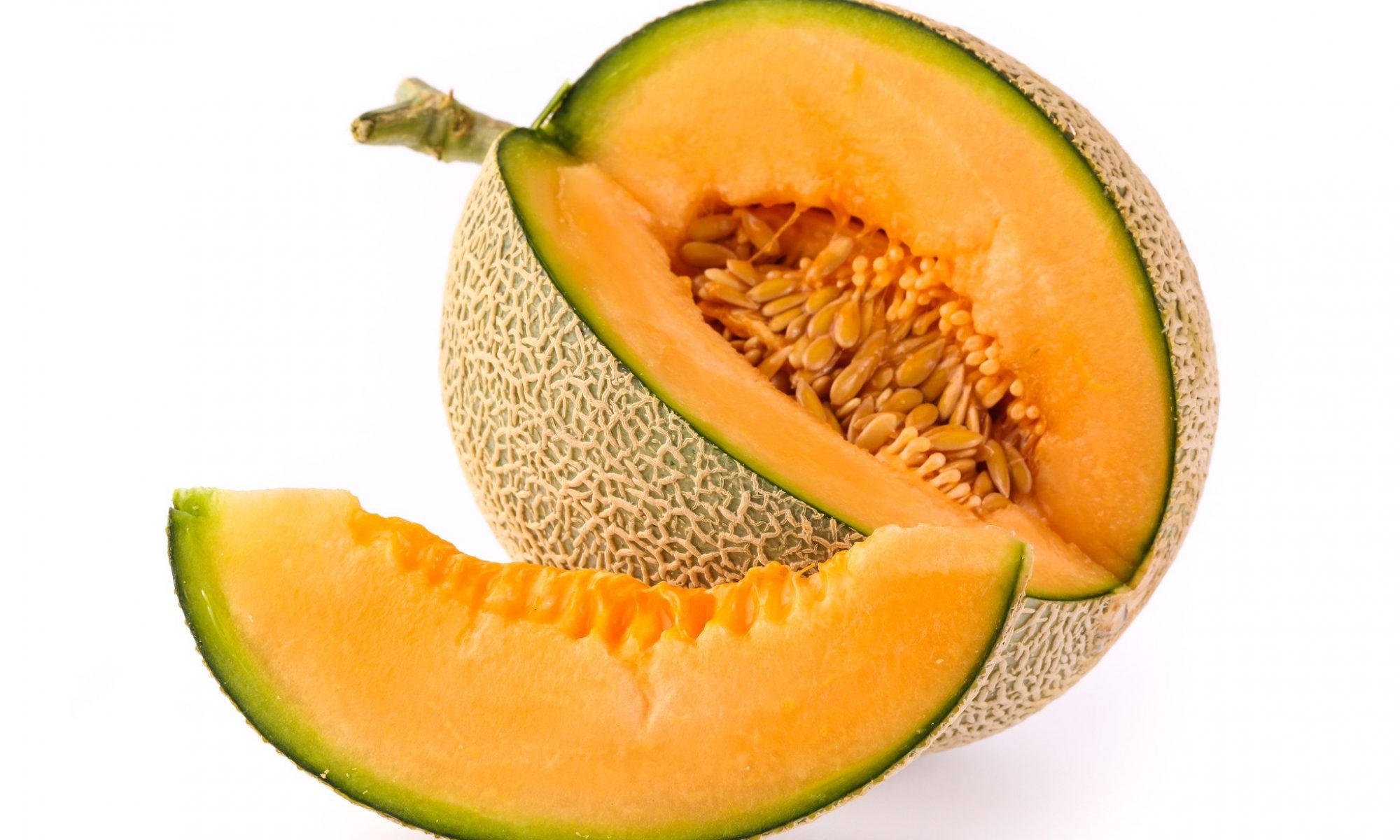- The soil or main field should be prepared thoroughly by 3-4 ploughings.
- Snake gourd crop requires good soil drainage.
- Better yield and quality depends on the organic matter of farm yield manure (FYM) application while preparing soil and land.
Like and share with other farmers by clicking on button below
Share






